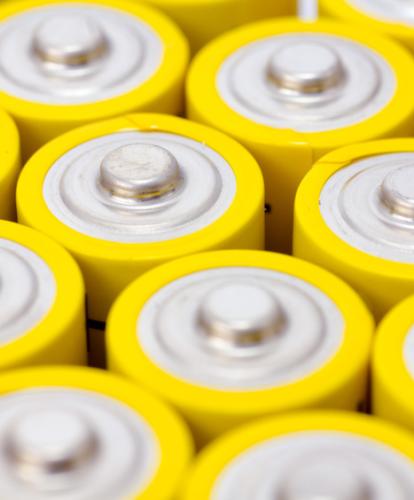A U.S. company has developed a prototype battery that stores twice as much energy than conventional cells which, in principle, could extend the driving range of electric vehicles.
Based on materials developed at the U.S. Department of Energy, the new lithium-ion battery could give affordable electric cars a range of over 200 miles per charge, according to Hal Zarem, CEO of Seeo, the start-up that’s working on the technology.
Alternatively, the improved battery could be used to downsize the size of battery packs while maintaining the current driving range, so reducing the overall price of electric vehicles.
Seeo, which is based in Hayward, California, recently raised $17 million from investors, including Samsung Ventures. The interest shown by the South Korean multinational suggests that the prototype has very positive characteristics in lab tests conducted so far.
The Seeo lithium-ion cell is a solid-state battery, meaning the liquid electrolyte more often used is replaced with a solid one. While solid state cells can store more energy, solid electrolytes tend not to conduct ions as well as liquid electrolytes. Pure lithium can also form metal filaments within the cell, known as ‘dendrites’, which cause short circuits.
In Seeo’s solid electrolyte cell, two polymer layers have been incorporated; one is soft and conducts ions, the other is hard and forms a physical barrier between the electrodes, to prevent the formation of dendrites.
However, key challenges remain. Tests to date have only demonstrated that the battery can undergo 100 charge cycles, whereas 1000 or more will be required in a commercial product.
The race is now on to develop the Seeo battery as existing lithium-ion batteries are also improving and becoming cheaper to produce. Tesla Motors and Panasonic, for example, have already announced their intention to manufacture a 200-mile EV battery for $35,000.
MIT Technology Review



